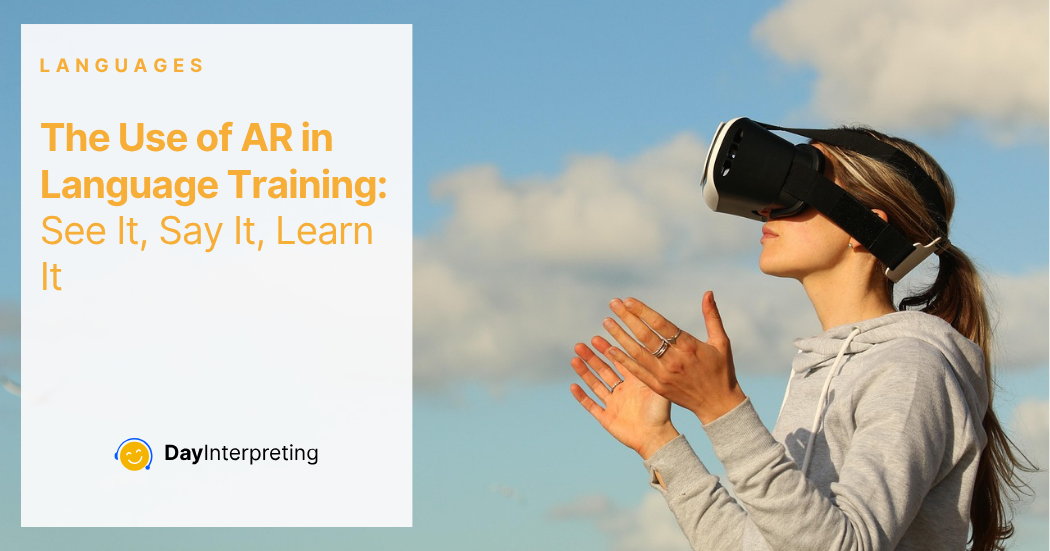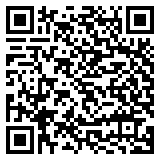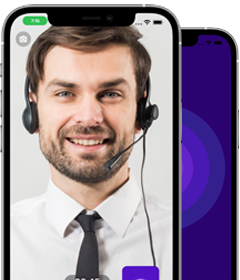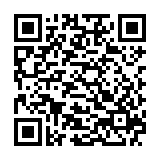Augmented Reality (AR) overlays digital content, like text, images, or animations, onto the real world through devices like smartphones, tablets, or AR glasses. You’ve probably seen it in action in apps like Pokémon GO or IKEA’s room visualizer. But in the world of language training, AR is becoming a game-changer.
Why? Because language isn’t just about words, it’s about context. And AR can put learners right into real-world scenarios where context and communication come alive together.
From Textbooks to Tech: The Shift in Language Training
Traditional language learning often lacks immersion. Reading vocabulary lists or grammar rules can only get you so far. AR, however, can:
- Simulate real-life interactions
- Bring abstract words to life with visuals
- Offer instant feedback in real time
Instead of just learning the word banana, you could walk into a virtual kitchen, pick one up, and hear it pronounced in your target language. That’s active, multi-sensory learning, and it’s proven to improve retention and recall.
How AR Is Being Used in Language Training
1. Vocabulary in Context
AR apps like Mondly AR allow users to see and interact with animated tutors who guide them through conversations. You can label objects in your room with vocabulary words in different languages, see your mirror become espejo or miroir instantly.
2. Real-World Simulation
AR enables “on-the-spot” roleplay. Imagine holding your phone up in a grocery store and having the app translate product names or simulate dialogue with a digital clerk. Some AR apps even offer conversation prompts and feedback, helping you master not just the words but the flow of interaction.
3. Pronunciation Practice
Apps like uTalk AR and Mondly VR (which also integrate AR features) allow you to practice speaking aloud and use voice recognition to assess your pronunciation. You talk to virtual characters who react, just like in real life!
Benefits of AR for Language Learners
- Immersive Learning – Contextualizes vocabulary and grammar in real environments
- Multisensory Engagement – Combines audio, visual, and kinesthetic learning
- Increased Motivation – Makes learning feel more like a game than a lesson
- Real-Time Feedback – Allows for correction and improvement on the spot
- Accessibility – AR can adapt to learning styles, disabilities, or different speeds
AR + Interpreting: Where the Two Worlds Meet
So, what does this mean for interpreting?
Interpreters often train in high-pressure, fast-paced scenarios. AR offers a perfect tool for:
- Simulating real-life assignments, like conferences, hospital visits, or courtroom sessions
- Practicing consecutive and simultaneous interpreting with digital avatars
- Roleplaying with diverse accents and cultural situations, preparing interpreters for real-world complexity
AR can also help interpreting trainers build custom modules for students, creating controlled environments where learners can safely practice and get feedback before working with actual clients.
Looking Ahead: AR as a Training Standard
With companies like Meta, Apple, and Google pushing deeper into AR tech, and more apps tailoring experiences for language learners, it’s not far-fetched to imagine that AR will become a standard part of interpreter education and continuing development.
For multilingual professionals, this means access to better training tools, faster skill development, and increased confidence on the job.
Final Word
Language is lived, not just learned, and AR brings it to life in ways we never imagined a decade ago. For learners, trainers, and interpreters alike, augmented reality is more than a tech trend. It’s a tool for connection, preparing language professionals to meet the challenges of a rapidly globalizing, tech-driven world, one virtual conversation at a time.





0 Comments